The path to a healthier diet, like any worthwhile journey, requires a map and an understanding of the “rules of the road.”
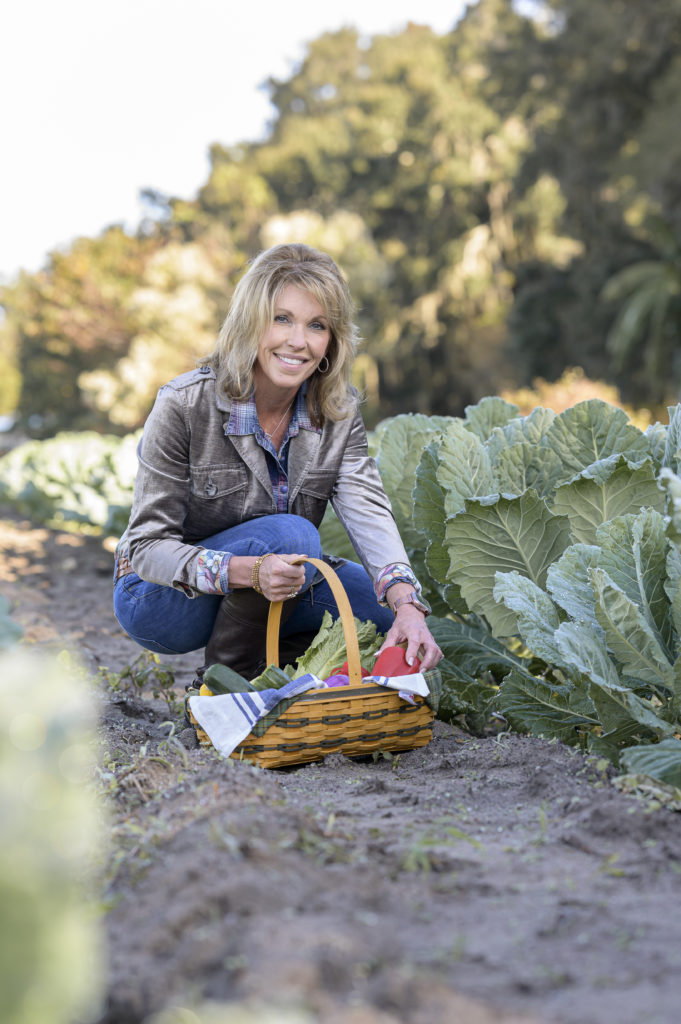 A new year often inspires people to make lifestyle changes such as exercising more or adopting a healthier way of eating. For myself and other similarly minded folks, healthy eating is not a lofty notion tied to a once yearly resolution—it’s a discipline that begins with an understanding of which foods are in season when and where they can be locally sourced.
A new year often inspires people to make lifestyle changes such as exercising more or adopting a healthier way of eating. For myself and other similarly minded folks, healthy eating is not a lofty notion tied to a once yearly resolution—it’s a discipline that begins with an understanding of which foods are in season when and where they can be locally sourced.
The quest to gather these ingredients is like a modern-day foodie treasure hunt into foraging. It’s a challenge for sure, especially when you try to get all organic ingredients like I do. It’s not a one-stop shop. So finding sources for those foods can require a roadmap of sorts. While there’s not a one-size-fits-all plan, I will share what works for me and I’d love to hear what you discover on your own. Once you develop your network, it will allow you access to the best ingredients all year long.
A Season for Change
First, it’s important to know what’s in season. This time of year, seasonal produce includes basil, broccoli, broccoli rabe, Brussels sprouts, cabbage, carrots, cauliflower, celery, chard, cilantro, collard greens, onions, peppers, potatoes, tomatoes and zucchini. Citrus fruits, such as grapefruit, limes and oranges are also ripe for the picking.
I buy as I go so everything is super fresh, though I sometimes buy extra amounts of things such as fresh blueberries and cranberries to freeze for later. They really do taste just as good as fresh.
The fruits and veggies can come from farm markets or stands, or places like Earth Fare and Publix. For this story, I visited Fernando’s Organic Produce in Summerfield, where Fernando himself showed me his crop of high quality and nutritious vegetables. (You can learn more about his farm in our Foodie Guide on page 75.)
True organic foods are actually regulated by the U.S. Department of Agriculture. The designation refers to a defined system of food production and processing that is designed to protect and improve our environment and, in turn, create healthier foods. There is the same sort of system used in regulating animal welfare within the food industry. The production of organic food also is designed to protect our natural resources, such as land and water.
And you should look for bugs. Really! If there are bugs or evidence that they’ve been munching on the leaves, that’s a good sign. If there are no holes in the leaves, then the farmer is probably using chemical pesticides.
Meaty Issues
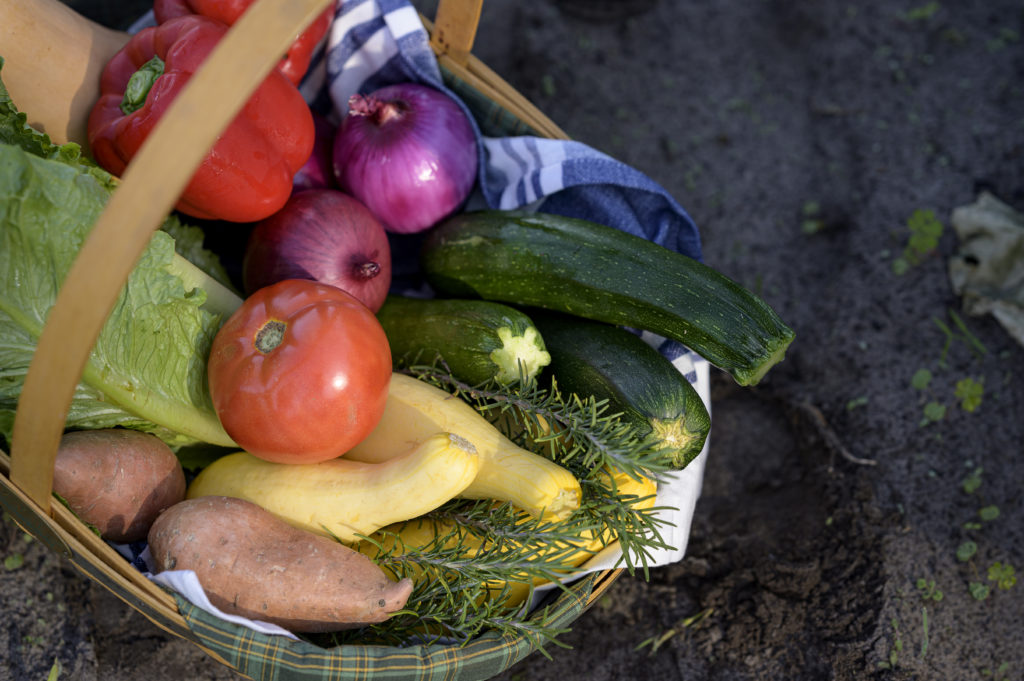 Passing on processed foods to focus on eating whole foods that are as close to their natural form as possible is one way I maintain a healthy diet. I’m not a vegetarian, but I do favor a more plant-based diet. When shopping for meat, eggs and fish, here are a few of my tips: You can find local, pasture-raised meats at providers such as Pasture Prime Family Farm and
Passing on processed foods to focus on eating whole foods that are as close to their natural form as possible is one way I maintain a healthy diet. I’m not a vegetarian, but I do favor a more plant-based diet. When shopping for meat, eggs and fish, here are a few of my tips: You can find local, pasture-raised meats at providers such as Pasture Prime Family Farm and
4 Star Farm. (See more about them on page 75.)
For eggs, I suggest making friends with people who raise chickens or look for local chicken farmers at area farmer’s markets. Farmer’s markets also usually have good goat cheese. Stella’s Modern Pantry in downtown Ocala has great cured meats that are super fresh.
Prepared for Success
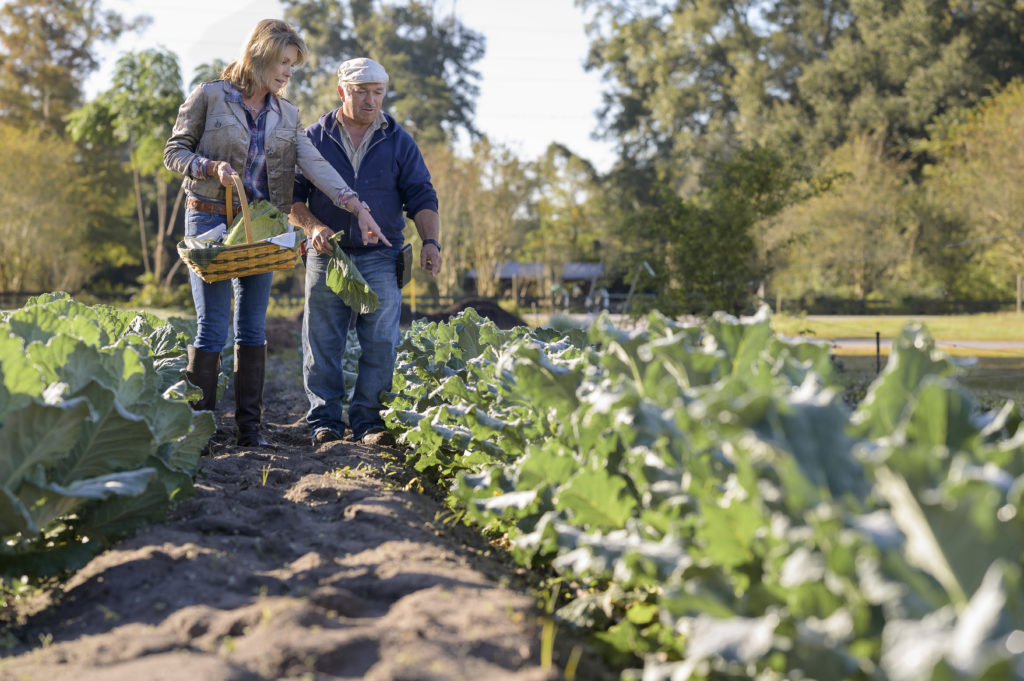 Once you get all these great fruits and veggies home, I recommend not stashing them in the fridge right away, but instead, take the time to clean, cut and prepare them for eating or cooking and store them in glass jars or whatever containers work best for you. This little bit of initial work pays off in a couple of key ways. First, when it’s time to prepare a meal, your prep work is done and you’re ready to get cooking. It’s a big time saver and makes the idea of preparing dinner a little less daunting—so you’re less likely to give in to getting pizza or some tempting fried food delivered. I also find it helps me avoid pulling out the potato chips when craving a snack, because I have so many healthy options ready to munch on. And keeping fresh hummus and guacamole on hand will kick your snacking up a notch.
Once you get all these great fruits and veggies home, I recommend not stashing them in the fridge right away, but instead, take the time to clean, cut and prepare them for eating or cooking and store them in glass jars or whatever containers work best for you. This little bit of initial work pays off in a couple of key ways. First, when it’s time to prepare a meal, your prep work is done and you’re ready to get cooking. It’s a big time saver and makes the idea of preparing dinner a little less daunting—so you’re less likely to give in to getting pizza or some tempting fried food delivered. I also find it helps me avoid pulling out the potato chips when craving a snack, because I have so many healthy options ready to munch on. And keeping fresh hummus and guacamole on hand will kick your snacking up a notch.
The Right Start
Since breakfast sets up your eating pattern for the rest of the day, I wanted to focus on a simple and healthy breakfast casserole and fruit cup that highlight organic meats, cheeses, vegetables and fruits that are locally sourced and seasonal. I’m also a fan of being adventurous in substituting ingredients. For my breakfast casserole I used organic sausage made from pasture-raised pigs, purchased at a local supermarket. You could, however, swap in chicken sausage or turkey bacon.
I hope I’ve inspired you to discover all the great food resources that our community has to offer and plot a course that leads you to healthier choices and lots of great food in the coming year!
Interact with Jill and follow her lifestyle posts on Instagram @festivelysouthern
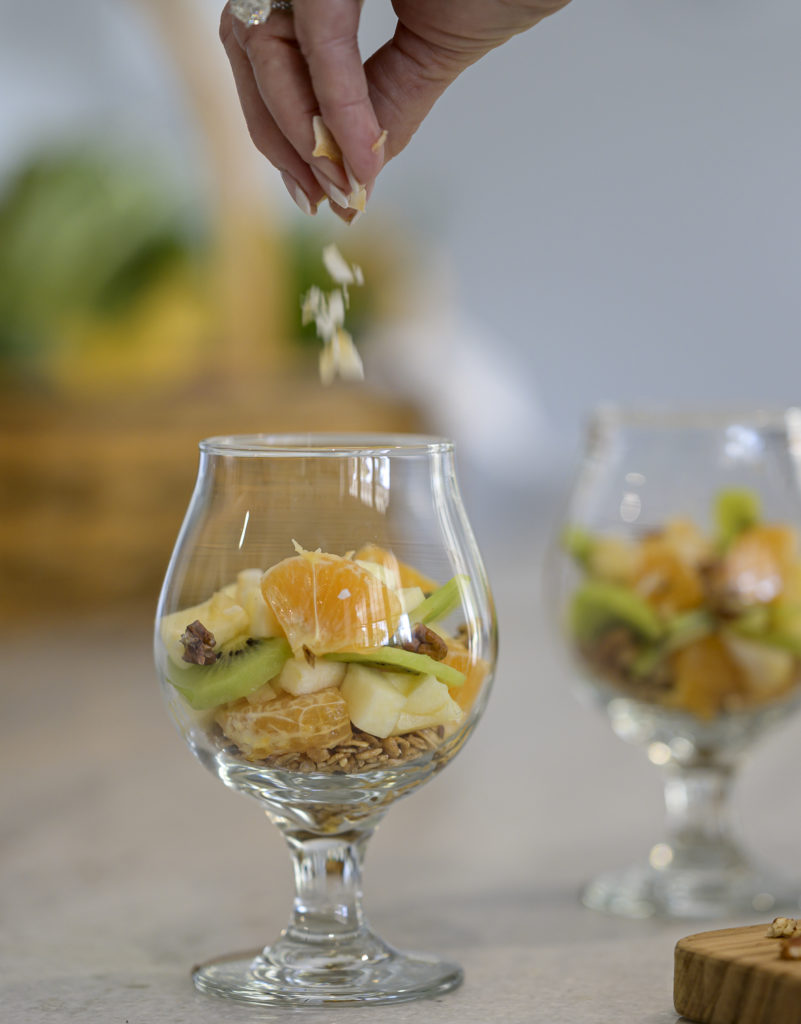 Fruit Cup with Citrus Sauce
Fruit Cup with Citrus Sauce
- 1 1/2 cups chopped apples
- 1 cup orange segments, cut into thirds
- 1 cup granola
- 1 cup sliced kiwi
- 3/4 cup orange juice
- 1/2 cup unsweetened coconut chips
- 1/4 cup chopped pecans
- 1/4 cup white wine or white grape juice
- 2 tablespoons lemon juice
- 1 tablespoon sugar
- Fresh mint, optional
In a small bowl, combine the orange juice, wine or grape juice, lemon juice and sugar and mix well. In a larger bowl, combine the fruit; add the juice mixture and toss to coat. In a pretty bowl or crystal serving dish, sprinkle the bottom with granola and top with the fruit mixture. Cover and refrigerate 2-3 hours, stirring occasionally. To serve, sprinkle on the coconut chips and pecans, then garnish with mint if desired.
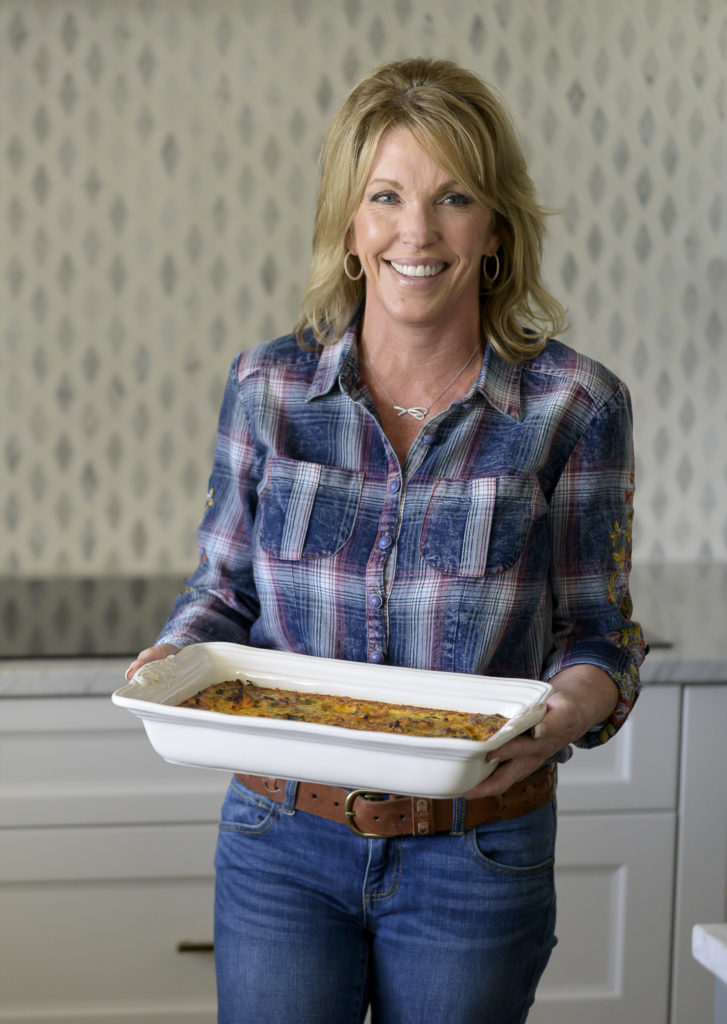 Sausage and Veggie Breakfast Casserole
Sausage and Veggie Breakfast Casserole
This paleo breakfast casserole, with sausage, eggs and veggies, is packed with flavor, protein and fiber. If you like a spicy flavor, add in some red pepper flakes or use spicy sausage. The sausage and sweet potatoes can be prepped the day before so you can cut down day-of prep time to 10 minutes. This
main course casserole will serve eight.
- 10 farm fresh eggs
- 1 pound fresh farmer’s market breakfast sausage
- 3 cups cubed sweet potatoes
- 2 cups torn baby spinach
- 1 1/2 cups bite-size broccoli florets
- 8 ounces fresh crumbled goat cheese
- 6 scallions, sliced
- 3 Roma tomatoes, seeded and diced
- 2 tablespoons chopped fresh basil
- 1 1/2 tablespoons salt
- Olive oil, as needed
Preheat oven to 350°. Place cubed sweet potatoes on a parchment-lined cookie sheet and bake until slightly soft; approximately 20 minutes. In a skillet over medium heat, crumble and brown the sausage. Add olive oil if necessary. Add vegetables, herbs, and salt and cook about two minutes, or until slightly softened and well combined. Pour the mixture into a 13- by 9-inch casserole dish. Blend in the crumbled goat cheese. Crack eggs into a medium bowl and whisk well. Pour eggs over the sausage-vegetable mixture and bake 25-30 minutes or until a knife inserted in the center comes out clean. The casserole may be served with fresh salsa.






